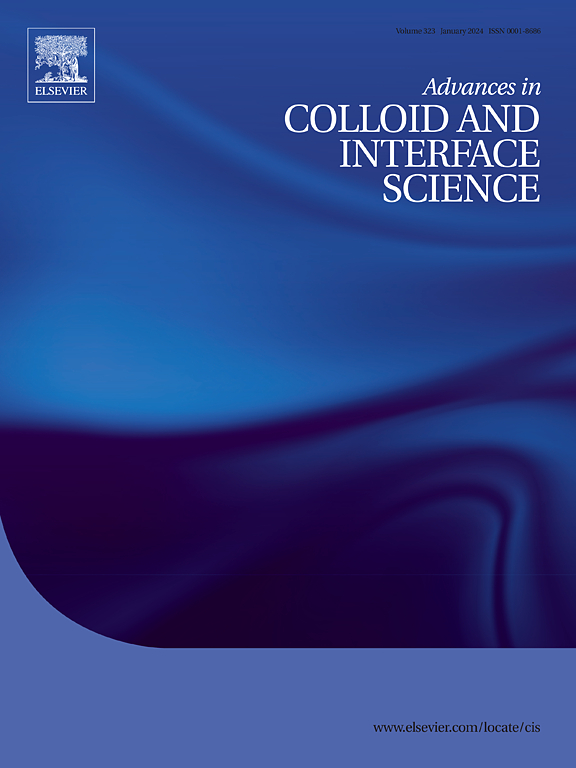Two-dimensional nanozyme nanoarchitectonics customized electrochemical bio diagnostics and lab-on-chip devices for biomarker detection
IF 15.9
1区 化学
Q1 CHEMISTRY, PHYSICAL
引用次数: 0
Abstract
Recent developments in nanomaterials and nanotechnology have advanced biosensing research. Two-dimensional (2D) nanomaterials or nanozymes, such as metal oxides, graphene and its derivatives, transition metal dichalcogenides, metal-organic frameworks, carbon-organic frameworks and MXenes, have garnered substantial attention in recent years owing to their unique properties, including high surface area, excellent electrical conductivity, and mechanical flexibility. Moreover, 2D nanozymes exhibit intrinsic enzyme-mimicking properties, including those of peroxidase, oxidase, catalase, and superoxide dismutase, making them well-suited for detecting biomarkers of interest and developing bio diagnostics at the point-of-care. Since 2D nanosystems offer ultra-high sensitivity, label-free detection, and real-time analysis, point-of-care testing and multiplexed biomarker detection, the demand is growing. Additionally, their biocompatibility and scalable fabrication make them cost-effective for widespread adoption. This review discusses the advantages of 2D nanozymes and their recent advancements in biosensing applications. This review summarizes the latest developments in 2D nanozymes, focusing on their synthesis, biocatalytic capabilities, and advancements in developing bio diagnostics and lab-on-chip devices for detecting cancer and non-cancer biomarkers. In addition, existing challenges and prospects in 2D nanozyme-based biosensors are identified, highlighting their biosensing potential and advocating for their expanded application in bio diagnostics and lab-on-chip devices.

二维纳米酶纳米建筑学定制的电化学生物诊断和芯片上的实验室设备,用于生物标志物检测
纳米材料和纳米技术的最新发展促进了生物传感研究。二维(2D)纳米材料或纳米酶,如金属氧化物、石墨烯及其衍生物、过渡金属二硫族化合物、金属有机框架、碳有机框架和MXenes,由于其独特的性能,包括高表面积、优异的导电性和机械柔韧性,近年来获得了大量的关注。此外,二维纳米酶表现出内在的酶模拟特性,包括过氧化物酶、氧化酶、过氧化氢酶和超氧化物歧化酶,使它们非常适合检测感兴趣的生物标志物和在护理点开发生物诊断。由于二维纳米系统提供超高灵敏度、无标签检测、实时分析、即时检测和多路生物标志物检测,因此需求正在增长。此外,它们的生物相容性和可扩展的制造使它们具有广泛采用的成本效益。本文综述了二维纳米酶的优点及其在生物传感领域的最新进展。本文综述了二维纳米酶的最新进展,重点介绍了它们的合成、生物催化能力、生物诊断和用于检测癌症和非癌症生物标志物的芯片实验室设备的进展。此外,指出了基于二维纳米酶的生物传感器存在的挑战和前景,强调了其生物传感潜力,并倡导其在生物诊断和芯片实验室设备中的扩展应用。
本文章由计算机程序翻译,如有差异,请以英文原文为准。
求助全文
约1分钟内获得全文
求助全文
来源期刊
CiteScore
28.50
自引率
2.60%
发文量
175
审稿时长
31 days
期刊介绍:
"Advances in Colloid and Interface Science" is an international journal that focuses on experimental and theoretical developments in interfacial and colloidal phenomena. The journal covers a wide range of disciplines including biology, chemistry, physics, and technology.
The journal accepts review articles on any topic within the scope of colloid and interface science. These articles should provide an in-depth analysis of the subject matter, offering a critical review of the current state of the field. The author's informed opinion on the topic should also be included. The manuscript should compare and contrast ideas found in the reviewed literature and address the limitations of these ideas.
Typically, the articles published in this journal are written by recognized experts in the field.

 求助内容:
求助内容: 应助结果提醒方式:
应助结果提醒方式:


